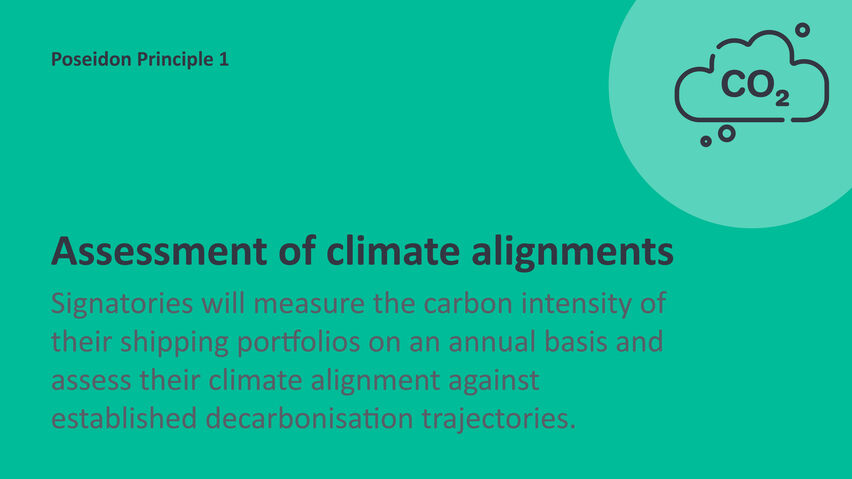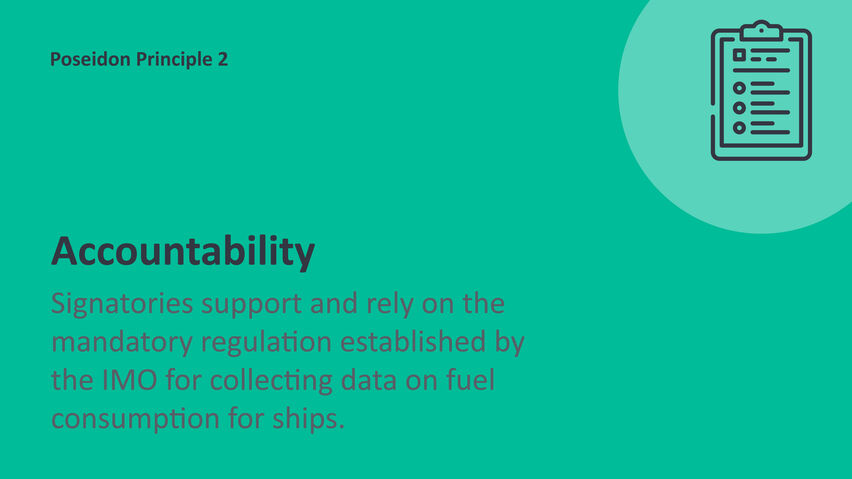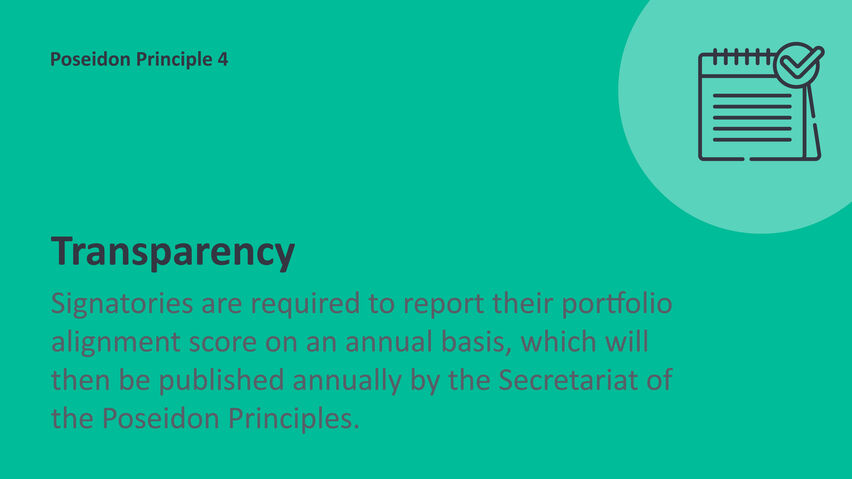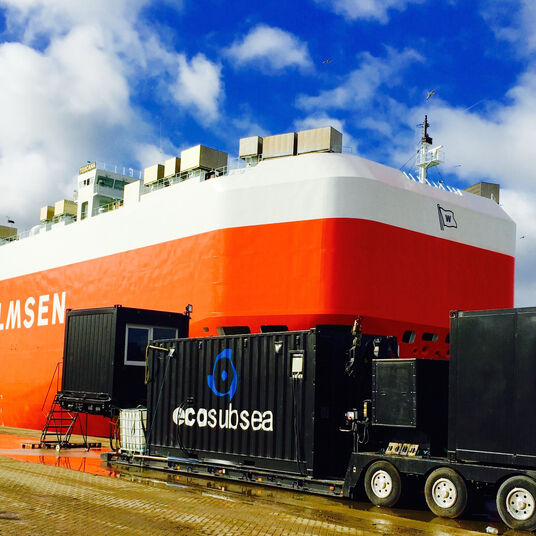The Poseidon Principles: How investors can contribute to sustainability
The Poseidon Principles give financial institutions the ability to align their ship finance portfolios with consideration for the climate. But just how far do they go in incentivising the shipping industry’s decarbonisation? Rebekka Glasser Herlofsen, Wallenius Wilhelmsen’s chief financial officer, explains.

The shipping industry’s journey to a more sustainable future is gaining momentum. Regulations are tightening around sulphur emissions, tech innovators are developing solutions to solve some of the most pressing environmental issues, and now, thanks to the Poseidon Principles, banks are striving to drive change by encouraging responsible lending.
The recently launched Poseidon Principles provide a framework for assessing and disclosing the impact on the climate of a financial institution’s shipping portfolio. This means investors can ensure their portfolios promote responsible environmental behaviour.
Currently, 11 financial institutions are signatories to the Poseidon Principles, representing a bank loan portfolio to global shipping of approximately $100 billion – which is around 20% of the global ship finance portfolio.
Applicable to lenders, lessors and financial guarantors around the world, the principles tally with the International Maritime Organization’s (IMO) ambition to reduce shipping’s total annual greenhouse gas emissions by at least 50% by 2050.
But how is this emphasis on responsible lending driving decarbonisation? We spoke to Wallenius Wilhelmsen’s chief financial officer Rebekka Glasser Herlofsen about the impact the Poseidon Principles are having on sustainability.
First, why are the Poseidon Principles so important?
The Poseidon Principles (TPP) are important because they provide a framework for how major lenders will start to integrate climate considerations into their lending decisions. As a starting point, the signatories have committed to measure the carbon intensity of their shipping portfolios on an annual basis to assess whether they are aligned with the estimated decarbonisation trajectories needed to reach the IMO’s goal of reducing total annual greenhouse gas emissions.
The assumption is that by measuring their footprint, lenders will start to bring climate considerations into their credit assessments, ultimately rewarding the companies that are either ahead of, or in line, with their trajectory curves.
How do the principles ensure sustainable shipping practices?
Specifically, TPP rely on the Annual Efficiency Ratio (AER) as a carbon intensity metric. The AER uses the parameters of fuel consumption, distance travelled and design deadweight tonnage. The IMO has already made it mandatory for ship owners to collect and report this data annually. This data is anonymised and confidential and cannot be accessed by TPP and its signatories. So, the lenders will rely on ship owners’ willingness to share this data with them. Lenders have also developed a covenant clause for loan agreements, which will specify this as a requirement for new loans.
Data and measurement do not ensure sustainable shipping practices in themselves, but they do provide awareness and incentives to engage in and develop sustainable practices. If companies cannot show that they are making progress in line with the estimated trajectories for their ship types, they risk stricter loan terms or may not be eligible for loans. This may provide an incentive to make progress well in advance of the IMO targets.
What do they mean for Wallenius Wilhelmsen?
As a responsible shipper and ship owner this can only be good news for us. When major stakeholders such as investors and banks want to help combat climate change, it means we have the backing we need to continue our efforts. We may even be rewarded for being an early adopter through more bank funding being made available to us at favourable terms.
How crucial is the role of investors in driving environmental sustainability?
Investors have become increasingly sophisticated and demanding in this arena, which is important and highly welcomed. Investors’ focus is twofold; first, they want to understand risks and opportunities related to climate change and regulations, what costs and investments are needed to comply, and how market dynamics will change. Second, they will rate and favour companies that are at the forefront of transparent reporting.
It is important to understand that they are coming at this from a financial angle; they want to correctly assess and understand their investments and any risk – it is not solely about an environmental agenda. As with our strategy, we see business and the environmental agenda go hand-in-hand. Sustainability makes sense for the business.
How will the Poseidon Principles impact our customers?
I do not see an immediate effect, but increased awareness and commitment around environmental, social and governance factors from all corners will affect our customers. They are already engaging with us to make the supply chain more efficient and reduce waste and emissions. This is an ongoing effort where TPP is one of several factors impacting awareness.
What impact do you think the Poseidon Principles will have on our environmental goals?
TPP is only one piece of the puzzle. Through enhanced reporting we will uncover more risks and opportunities to further integrate sustainability into our strategy and risk mitigation. The IMO targets that have been set are extremely ambitious but necessary. They will require a concerted effort from the whole industry – and that is exciting.






